Australia’s coastline stretches over 16,000 miles, offering some of the world’s most spectacular surfing destinations. While many popular surf towns are known for their vibrant nightlife, plenty of spots cater to those seeking pristine waves without the party atmosphere.
These locations provide the perfect balance of excellent surf conditions and peaceful surroundings for those who prefer to focus solely on riding waves. Many of these hidden gems remain relatively untouched by commercial tourism, preserving their authentic character and natural beauty.
The early morning glass-off sessions and sunset surfs at these locations offer spiritual experiences that party towns simply can’t match. Here is a list of 16 exceptional Australian surf destinations where you can enjoy world-class breaks without the rowdy party scene.
Crescent Head
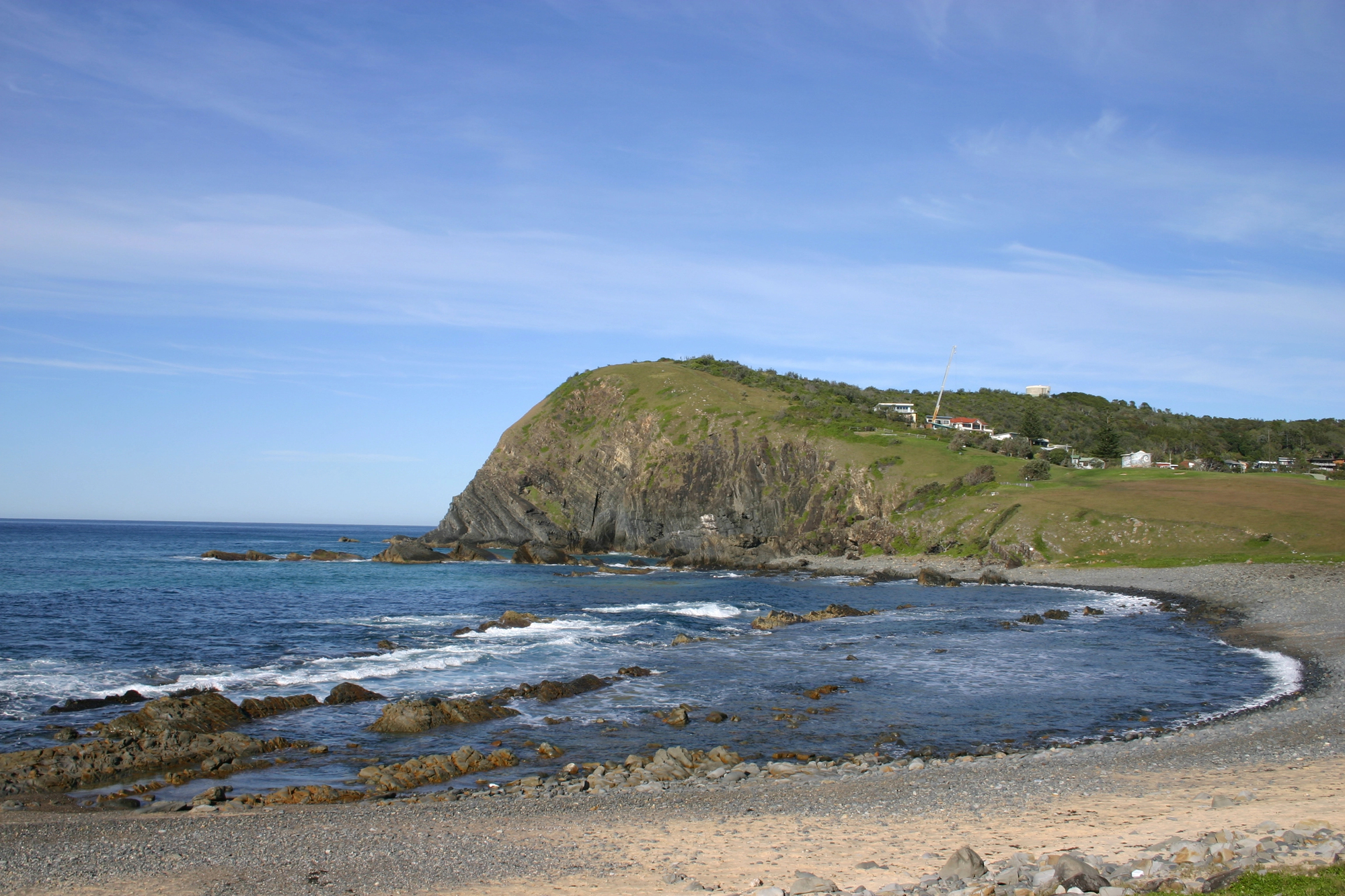
Located on New South Wales’ mid-north coast, Crescent Head features perfect right-hand point breaks that seem to roll forever. The small town maintains its laid-back character with a focus on surfing rather than nightlife.
Locals value the relaxed atmosphere and conservation of the surrounding national park areas. The waves here peel with such perfection that rides of 200 yards or more are possible during good swells.
Many surfers camp at the nearby national park campground, waking at dawn to catch the offshore conditions that frequently groom the point to perfection.
Angourie
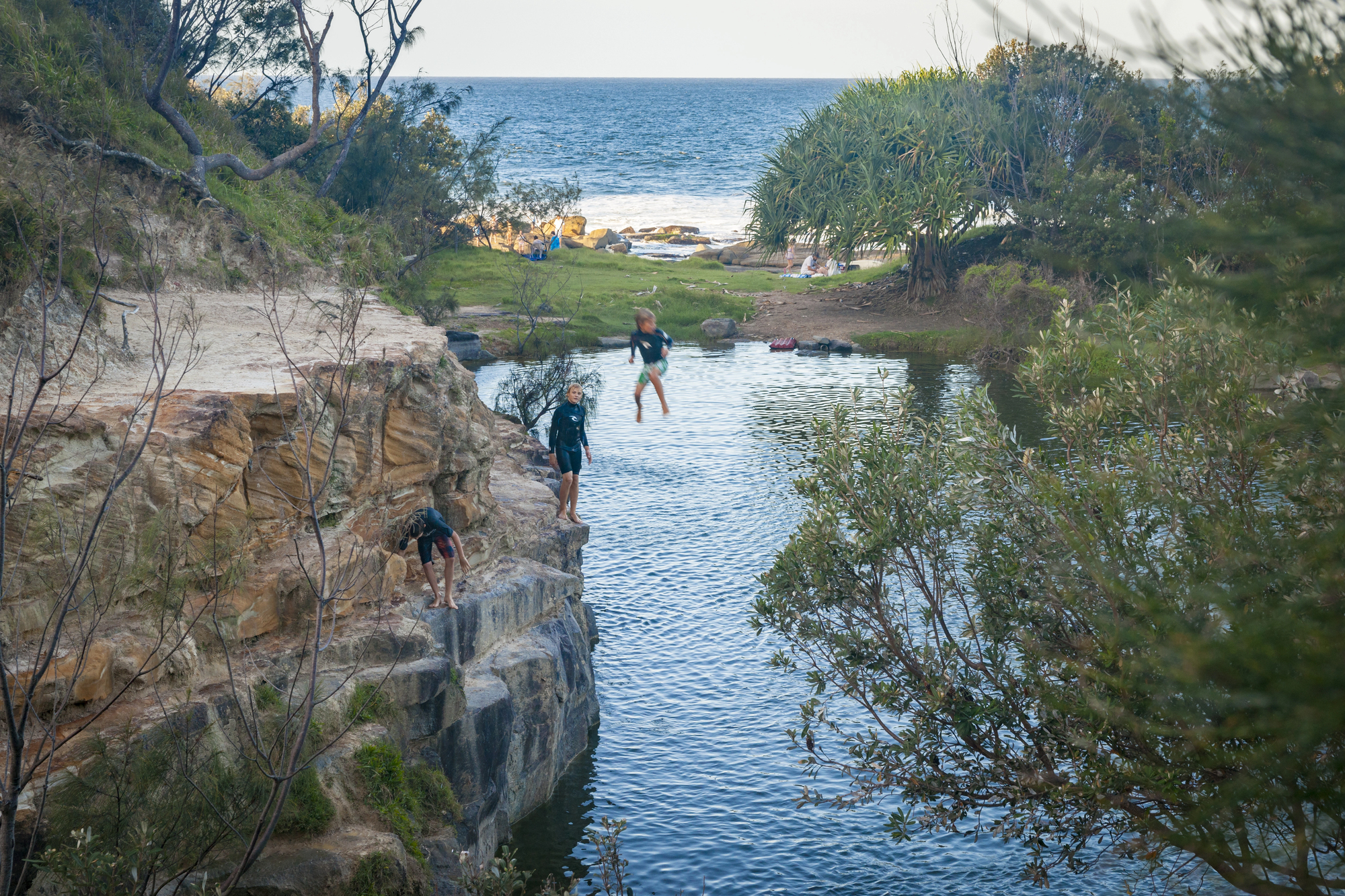
This tiny coastal village near Yamba became famous after being declared a National Surfing Reserve in 2007. The point break here delivers consistent quality waves year-round in a setting that feels almost untouched by time.
Surrounded by a national park and with minimal commercial development, Angourie remains dedicated to surf culture rather than entertainment venues. The legendary break was first surfed in the 1960s and gained prominence when featured in the classic surf film ‘Morning of the Earth.’
The nearby Blue and Green Pools offer freshwater swimming options for days when the ocean is too rough, or you need a break from salt water.
Bells Beach
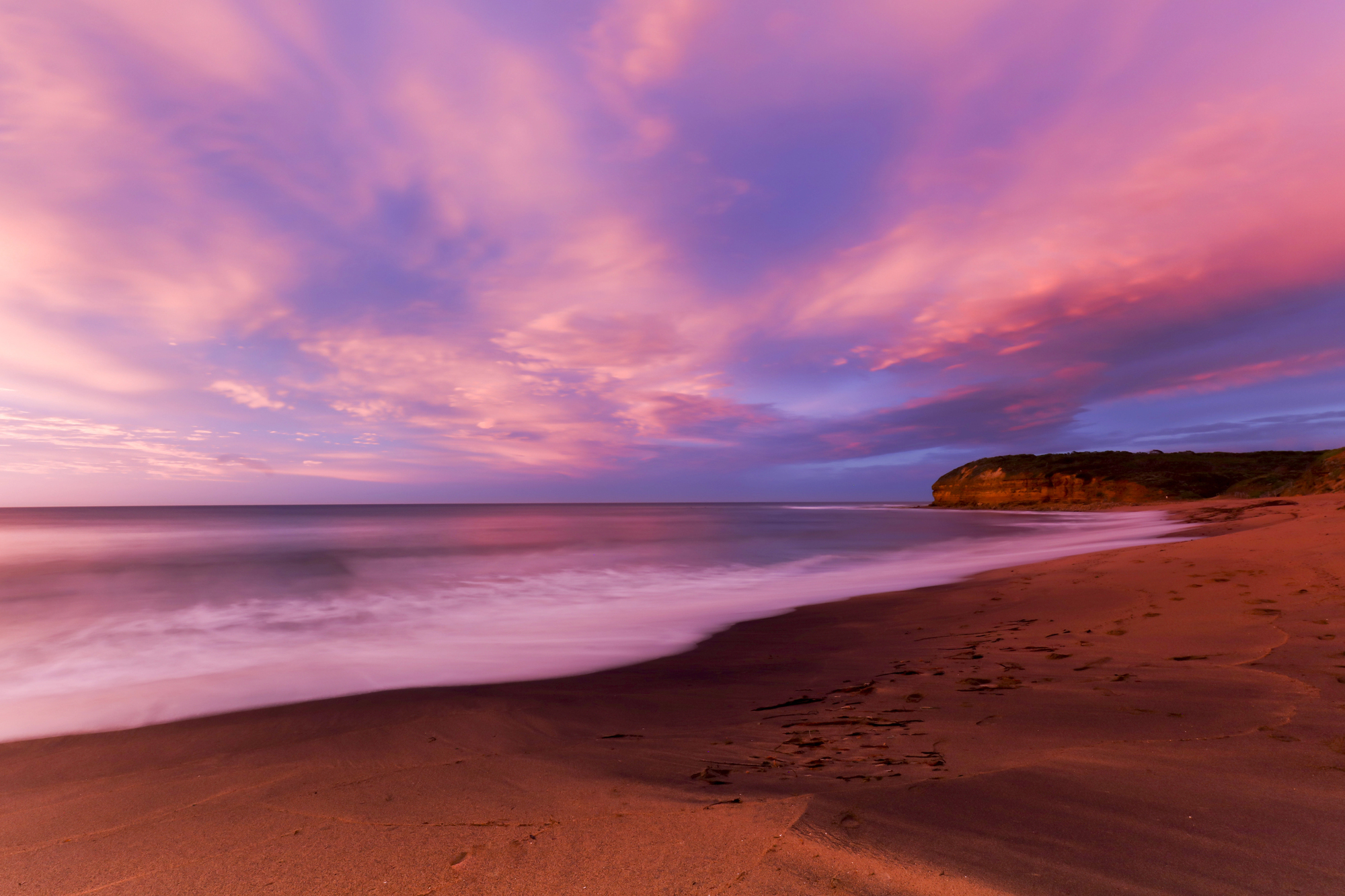
Despite hosting the world’s longest-running professional surfing competition, Bells Beach maintains a surprisingly mellow atmosphere. The iconic break sits within a natural amphitheater of cliffs with no beachfront development or facilities.
Surfers here focus on the powerful Southern Ocean swells rather than social activities. The famous right-hand point break works best on a southwest swell with northeast winds, creating walls that have challenged the world’s best since the 1960s.
The surrounding coastline offers additional breaks like Winkipop and Southside that spread out crowds and provide options for different swell directions.
Like Travel Pug’s content? Follow us on MSN.
Margaret River
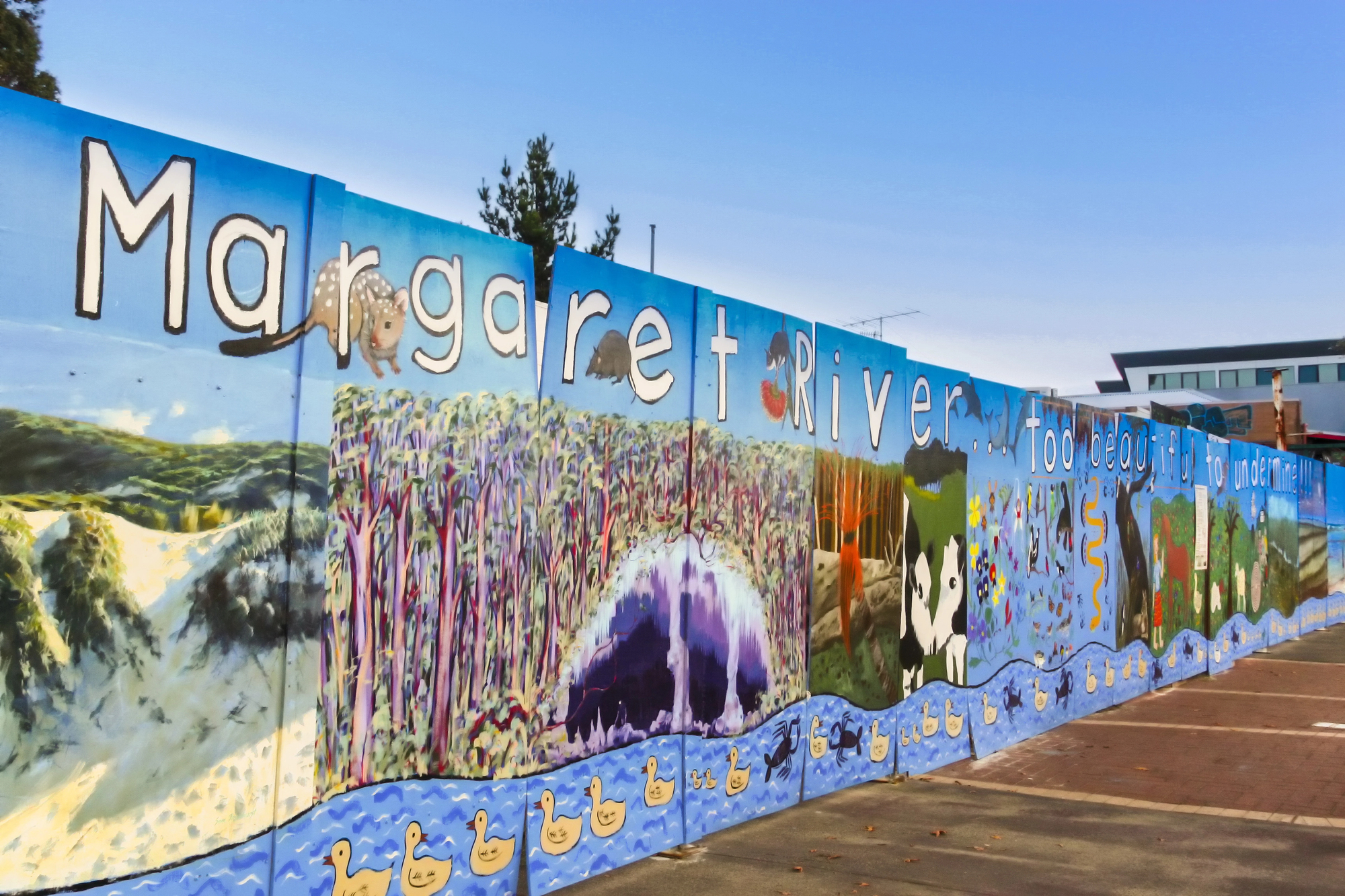
While the town itself has excellent wineries and restaurants, the surf breaks are spread along an isolated 80-mile stretch of coastline. The powerful reef breaks like Mainbreak and The Box attract serious surfers focused on challenging waves.
Most surf spots require a drive through forest roads, creating natural separation from town amenities. The region’s consistent Southern Ocean exposure provides reliable surf throughout the year, particularly during winter months.
The surrounding forest meets the sea at many breaks, creating a stunning backdrop of karri trees alongside the powerful Indian Ocean swells.
Esperance
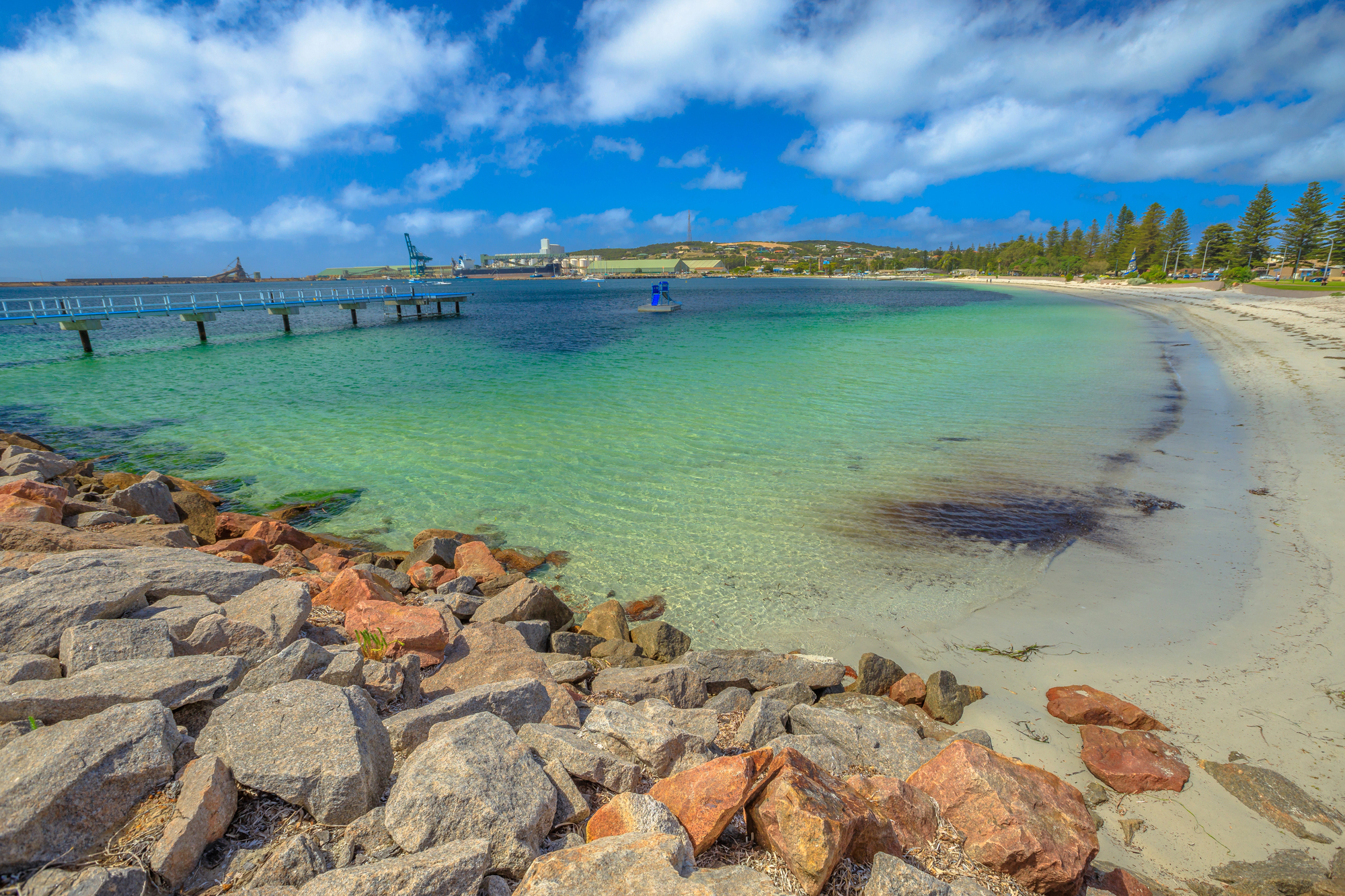
Tucked away on Western Australia’s southern coast, Esperance offers uncrowded waves alongside some of Australia’s whitest beaches. The remote location keeps crowds minimal while delivering consistent swells across numerous breaks.
The town’s small size and distance from major cities naturally limits nightlife options. The crystal-clear waters here often appear tropical blue despite the cooler Southern Ocean temperatures.
Nearby national parks house kangaroos that often hop along the beach at dawn and dusk, creating a uniquely Australian surfing experience.
Cactus Beach
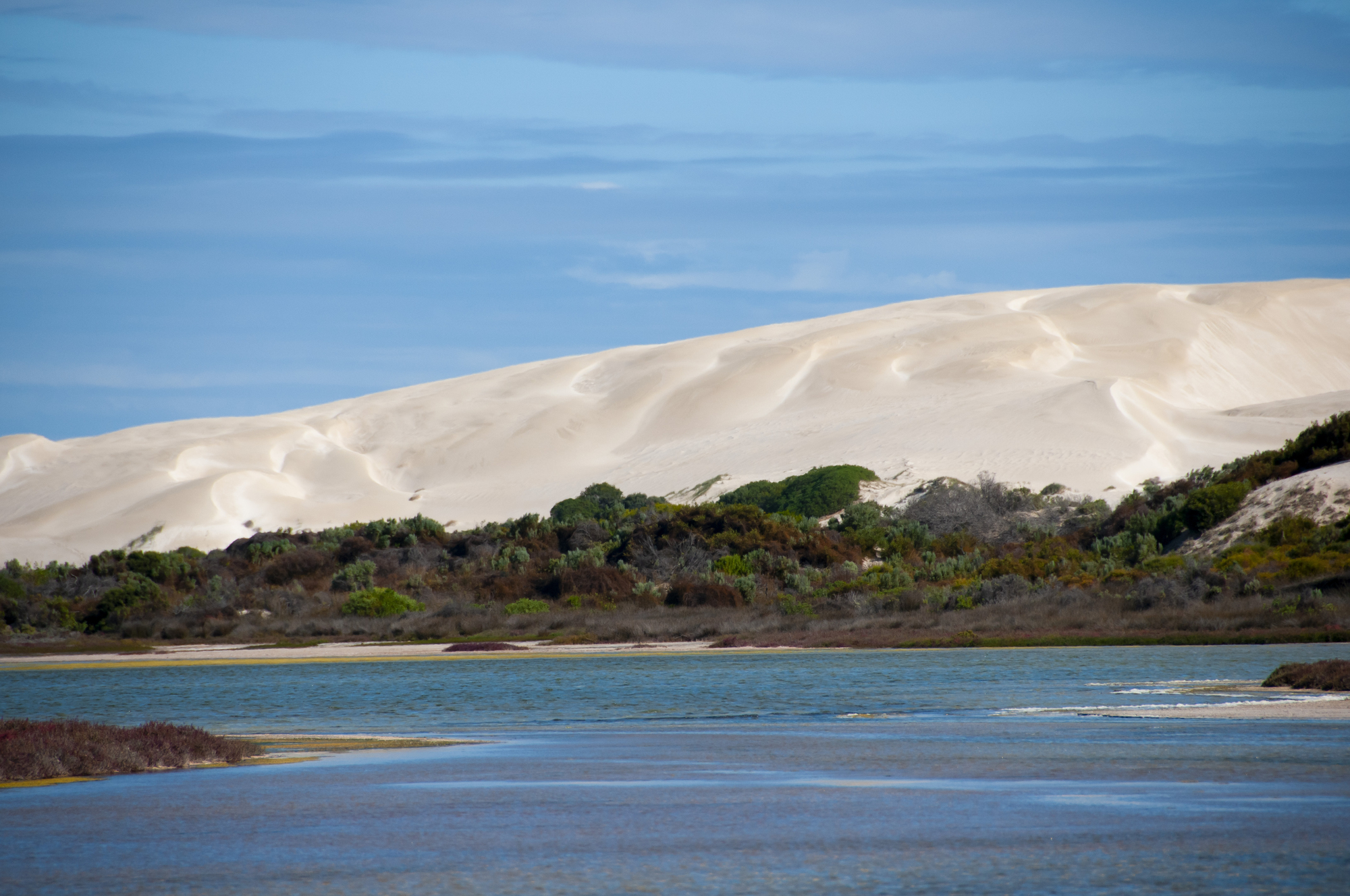
For the truly dedicated surfer, this remote South Australian spot represents surfing in its purest form. Three world-class breaks converge at this isolated location, where camping is the only accommodation option.
The nearest town is miles away, ensuring your focus remains entirely on the perfect left and right breaks. The point breaks here work on different swell directions, often providing surfable conditions regardless of wind direction.
The tight-knit community of regular visitors maintains an unspoken code of respect, preserving the special atmosphere that has remained largely unchanged for decades.
Like Travel Pug’s content? Follow us on MSN.
Bruny Island
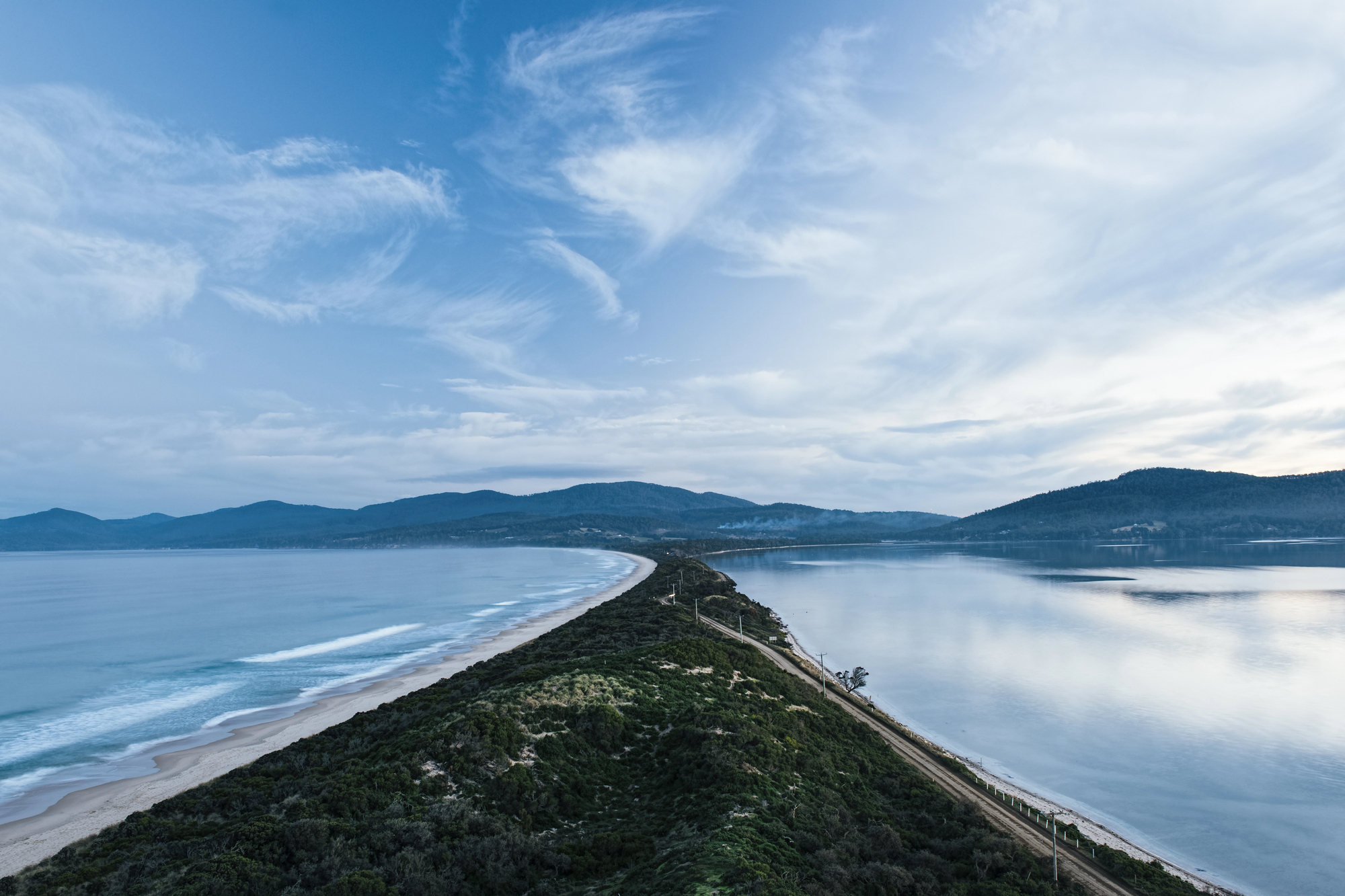
This Tasmanian island escape requires both a drive and ferry ride to access its uncrowded breaks. The cool climate and remote location mean you’ll likely have the consistent southern swells all to yourself.
The island’s small permanent population means minimal nightlife, with most visitors focusing on nature and outdoor activities. The reliable winter swells wrap around various points and bays, creating protected options even during stormy conditions.
The stunning southern landscapes feature dramatic cliffs and pristine beaches that remain largely undeveloped and unspoiled.
Seal Rocks

This tiny settlement north of Sydney features no commercial development beyond a single general store. The beautiful right-hand point break wraps around the headland offering long, clean rides.
The surrounding lighthouse and national park areas maintain the natural beauty and peaceful atmosphere of this hidden gem. The absence of street lights means spectacular stargazing opportunities after sunset surf sessions.
The variety of breaks in the area includes beach breaks and points that work on different tides and swell directions, providing options throughout changing conditions.
Agnes Water

As the northernmost surf spot on Australia’s east coast, Agnes Water offers the final chance to catch waves before the Great Barrier Reef blocks ocean swells. The small town provides a gateway to the Southern Great Barrier Reef without the tourism infrastructure of larger destinations.
Gentle waves make this an ideal spot for beginners and longboarders seeking tranquility. The tropical climate allows for year-round surfing without the need for thick wetsuits, even in winter months. The nearby Town of 1770 was the second landing site of Captain Cook and maintains its historical character alongside modern amenities.
Like Travel Pug’s content? Follow us on MSN.
Kalbarri
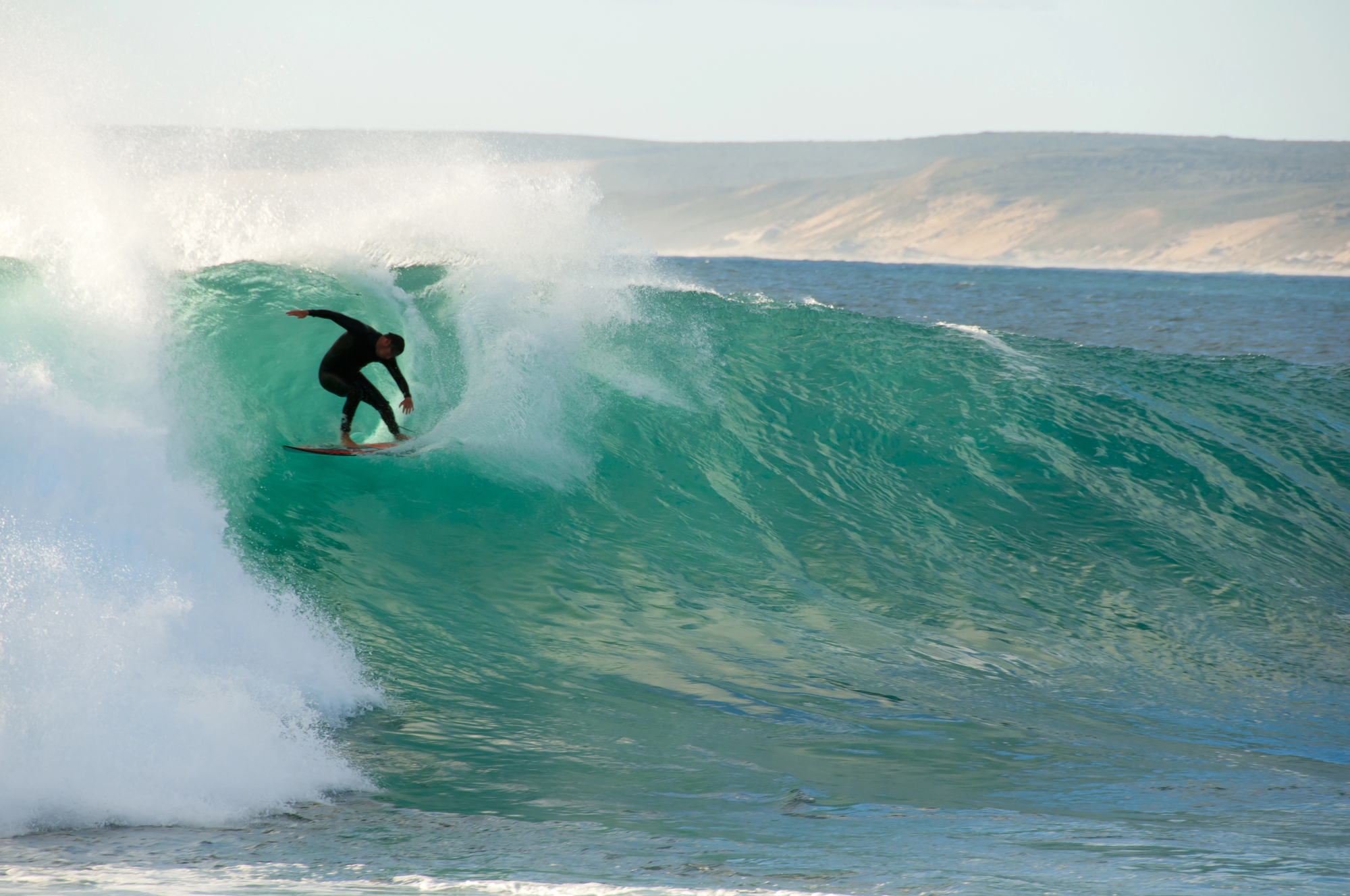
This Western Australian town sits where the Murchison River meets the Indian Ocean, creating diverse surf opportunities. The main break works best during winter swells, while river mouth sandbars offer protection during larger conditions.
The surrounding national park, with its dramatic gorges, attracts nature enthusiasts rather than party-seekers. The unique red rock formations create a stunning contrast against the blue ocean, particularly at sunset.
The town’s small fishing harbor heritage has been preserved despite tourism development, maintaining an authentic coastal community feel.
Four Mile Beach

Located near Port Douglas in tropical North Queensland, this spot works during the summer monsoon season when cyclone swells push through gaps in the Great Barrier Reef. The beach’s northern location and seasonal nature keep crowds minimal. The focus here remains on appreciating rare surf opportunities in an otherwise wave-starved region.
The palm-lined beach creates a picture-perfect tropical setting rarely associated with Australian surfing. The proximity to the Daintree Rainforest offers unique opportunities to combine surf sessions with exploration of the world’s oldest continuously surviving tropical rainforest.
Yallingup
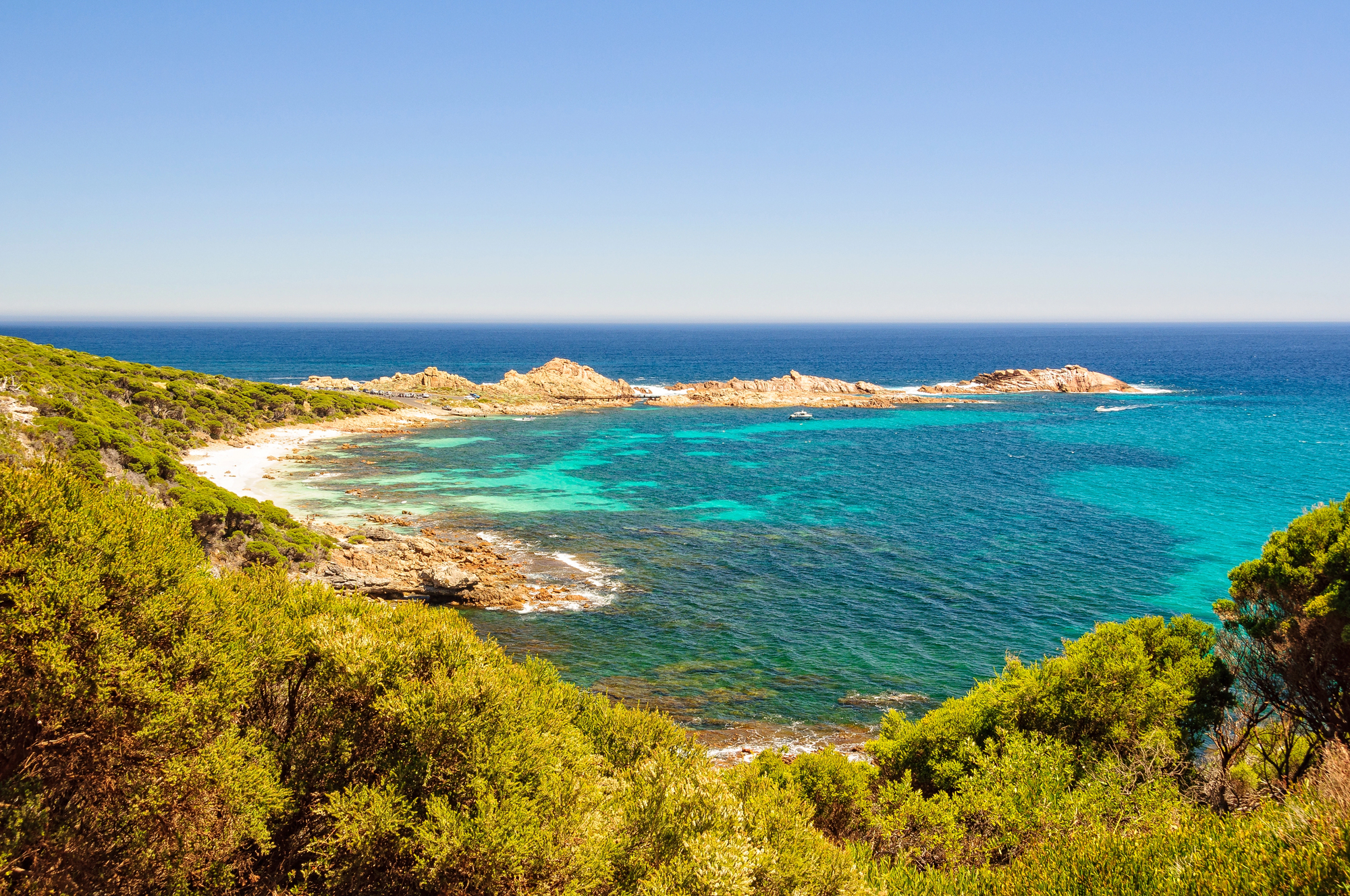
Despite being in Western Australia’s Margaret River region, Yallingup offers a quieter alternative to its more famous neighbor. The protected bay provides options for different swell directions and skill levels.
Small cottage accommodations and a nature-focused community create a peaceful atmosphere centered around surfing and outdoor appreciation. The limestone reef creates perfectly shaped waves that break over shallow reefs before hitting deeper water channels.
The nearby Ngilgi Cave and coastal walking trails offer excellent non-surfing activities during flat spells or recovery days.
Like Travel Pug’s content? Follow us on MSN.
Gracetown
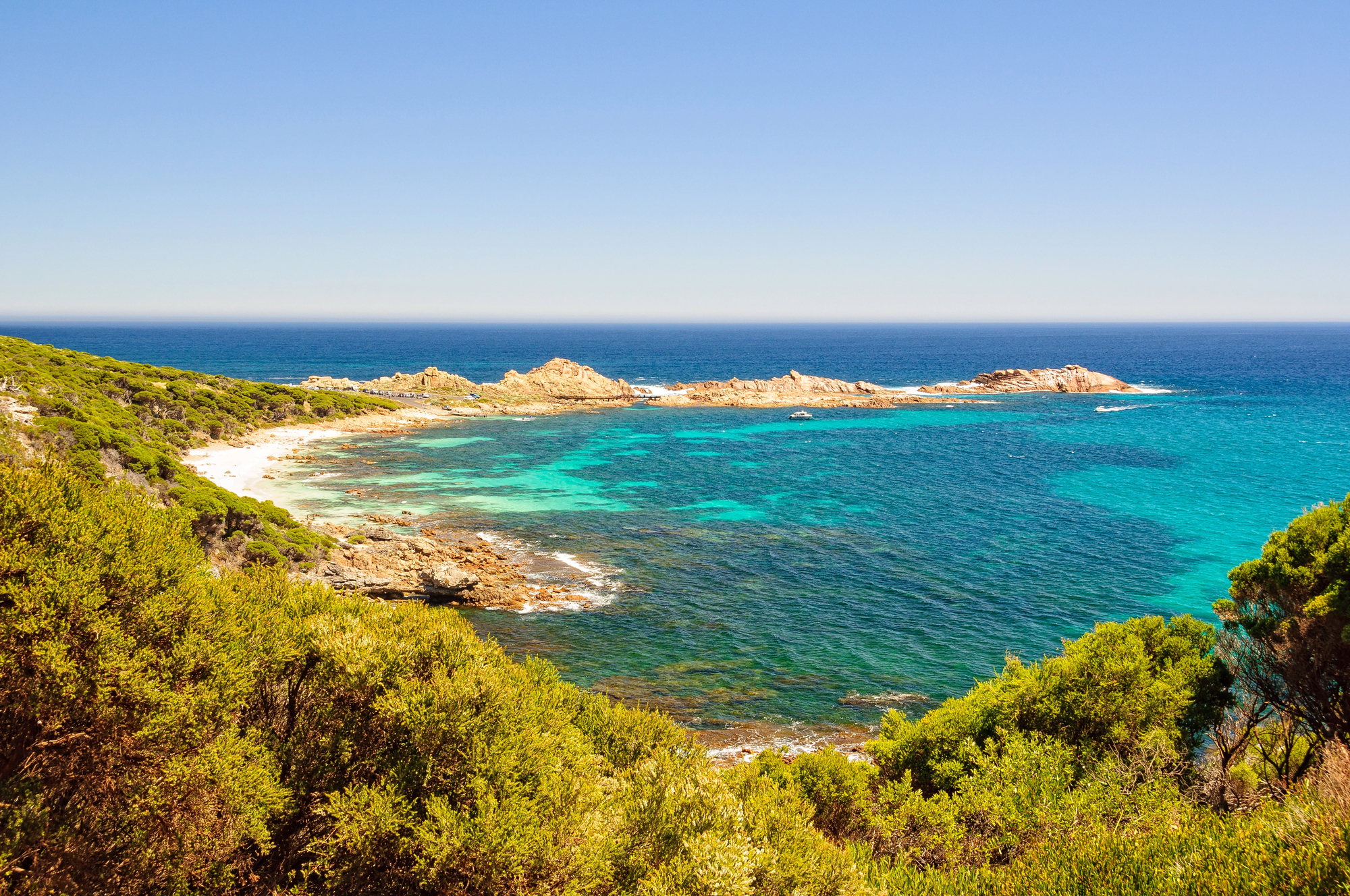
This small cove settlement in Western Australia houses only about 350 residents but provides access to multiple quality breaks. The bay’s unique shape creates different wave opportunities depending on swell direction and size.
The limited development and small permanent population naturally restrict nightlife options while preserving the area’s surfing heritage. The main break, North Point, delivers powerful barrels during larger swells that rival any wave in Australia.
The tight-knit community has shown remarkable resilience, rebuilding after tragic cliff collapses while maintaining their deep connection to the ocean.
Elliston

Located on South Australia’s Eyre Peninsula, Elliston delivers powerful reef breaks in a setting that feels worlds away from urban Australia. The small fishing town maintains its working harbor character while providing access to numerous surf spots along the dramatic limestone cliff coastline.
The focus here remains on ocean activities rather than entertainment. The waters here are home to abundant marine life, including dolphins that frequently join surf sessions. The striking contrast between the rugged coastline and the agricultural land just inland creates a unique landscape unlike anywhere else in Australian surf culture.
Hinterland
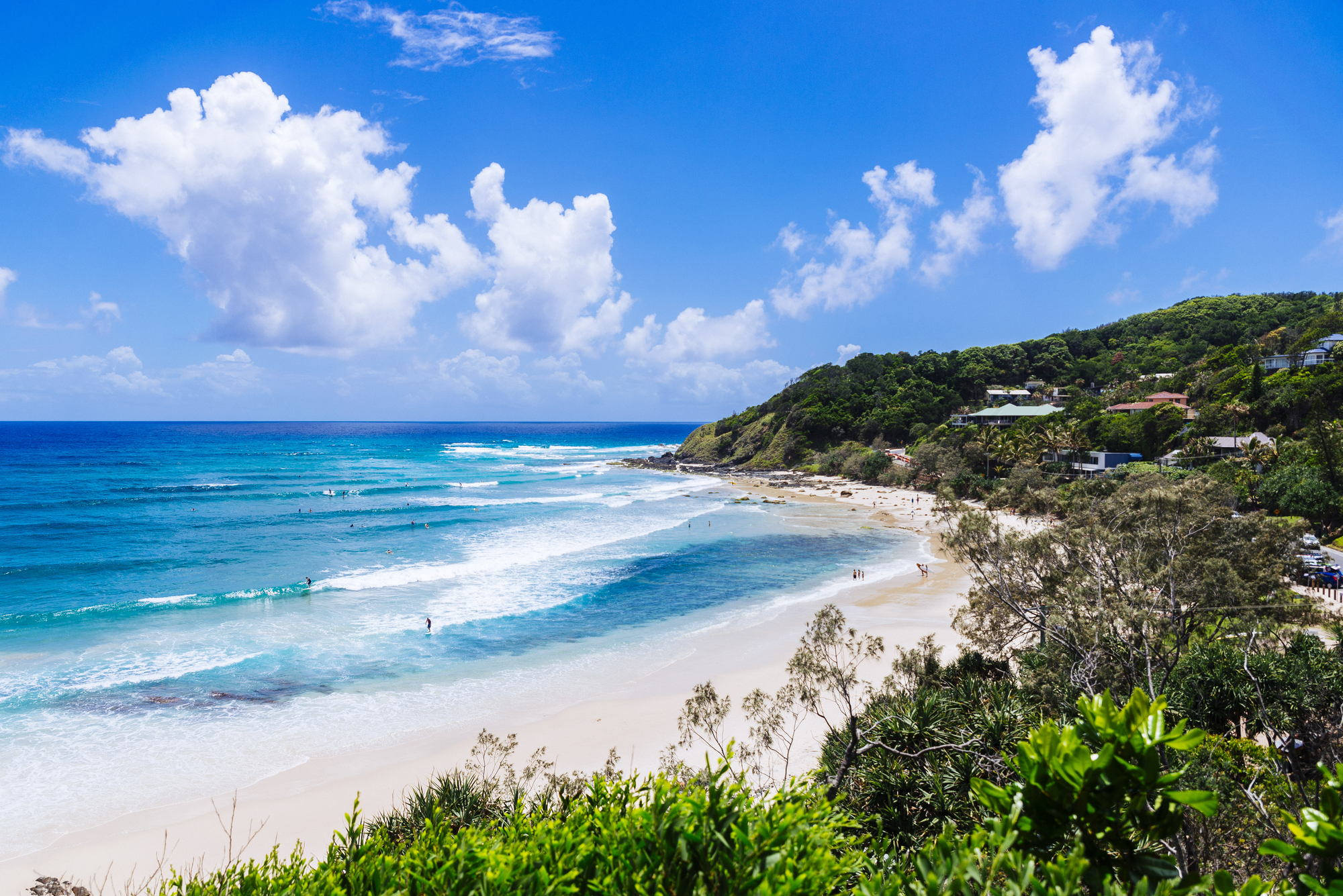
While Byron Bay itself has become increasingly commercialized, the surrounding hinterland beaches offer quality waves without the crowds. Less accessible spots like Broken Head and Whites Beach reward those willing to take a short hike in pristine conditions.
These beaches lack facilities and nearby establishments, ensuring a pure surfing experience. The lush subtropical vegetation comes right down to the sand at many breaks, creating a sense of surfing in a natural sanctuary.
The mix of point breaks and beach breaks provides options for all swell directions and skill levels without the competitive lineup issues of the main bay.
Like Travel Pug’s content? Follow us on MSN.
King Island
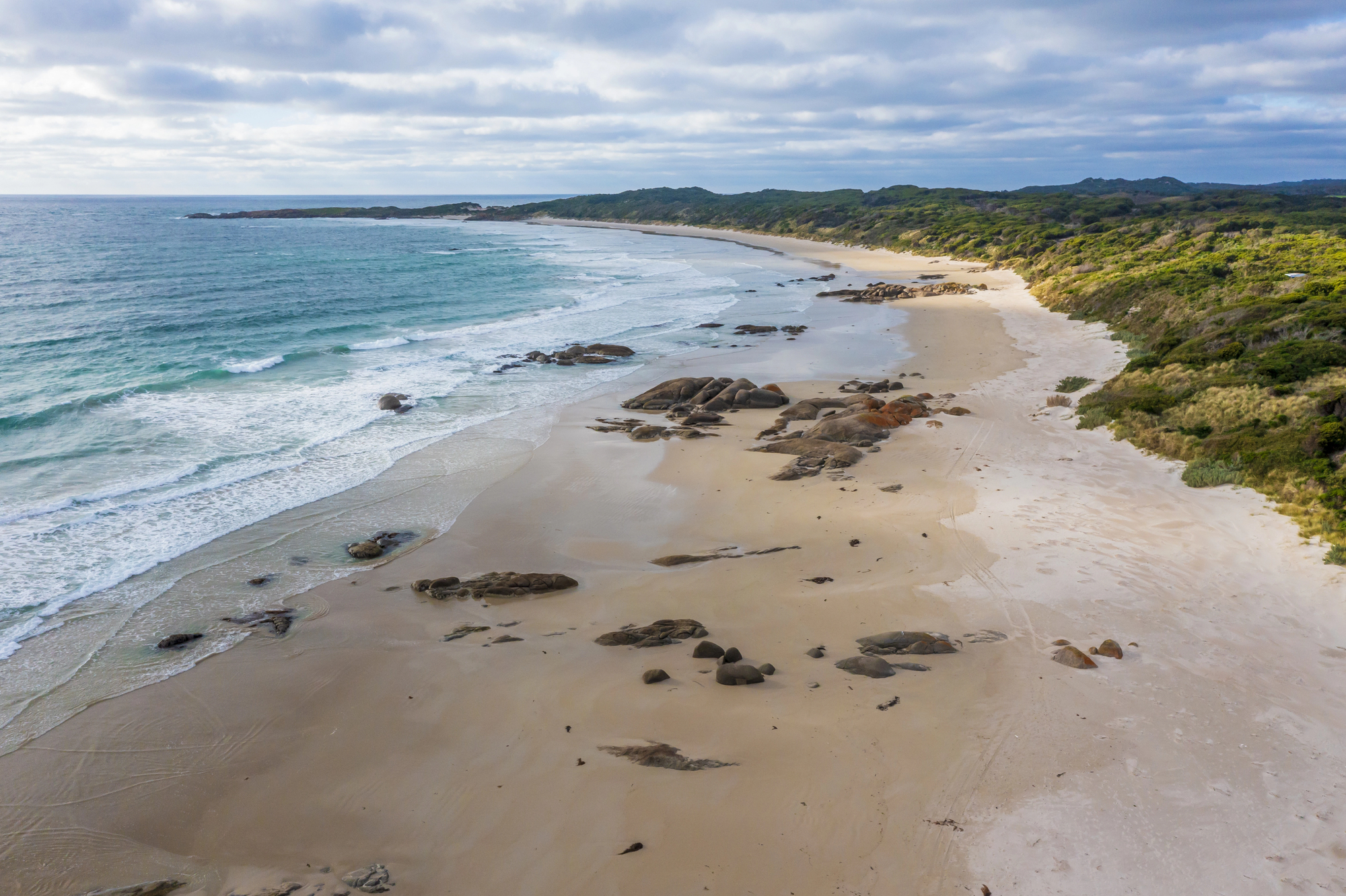
Sitting in the middle of the Bass Strait between Victoria and Tasmania, King Island receives powerful Southern Ocean swells from multiple directions. The island’s tiny population and remote nature create an environment focused on surfing quality rather than amenities.
The clean waters and minimal crowds come with the trade-off of very limited services—exactly what dedicated surfers appreciate. The island’s dairy and beef farming heritage means excellent local cheese and grass-fed beef for post-surf meals.
The challenging conditions and powerful waves attract only the most committed surfers, ensuring that those who make the journey share a similar mindset.
Connecting Past and Present Waves
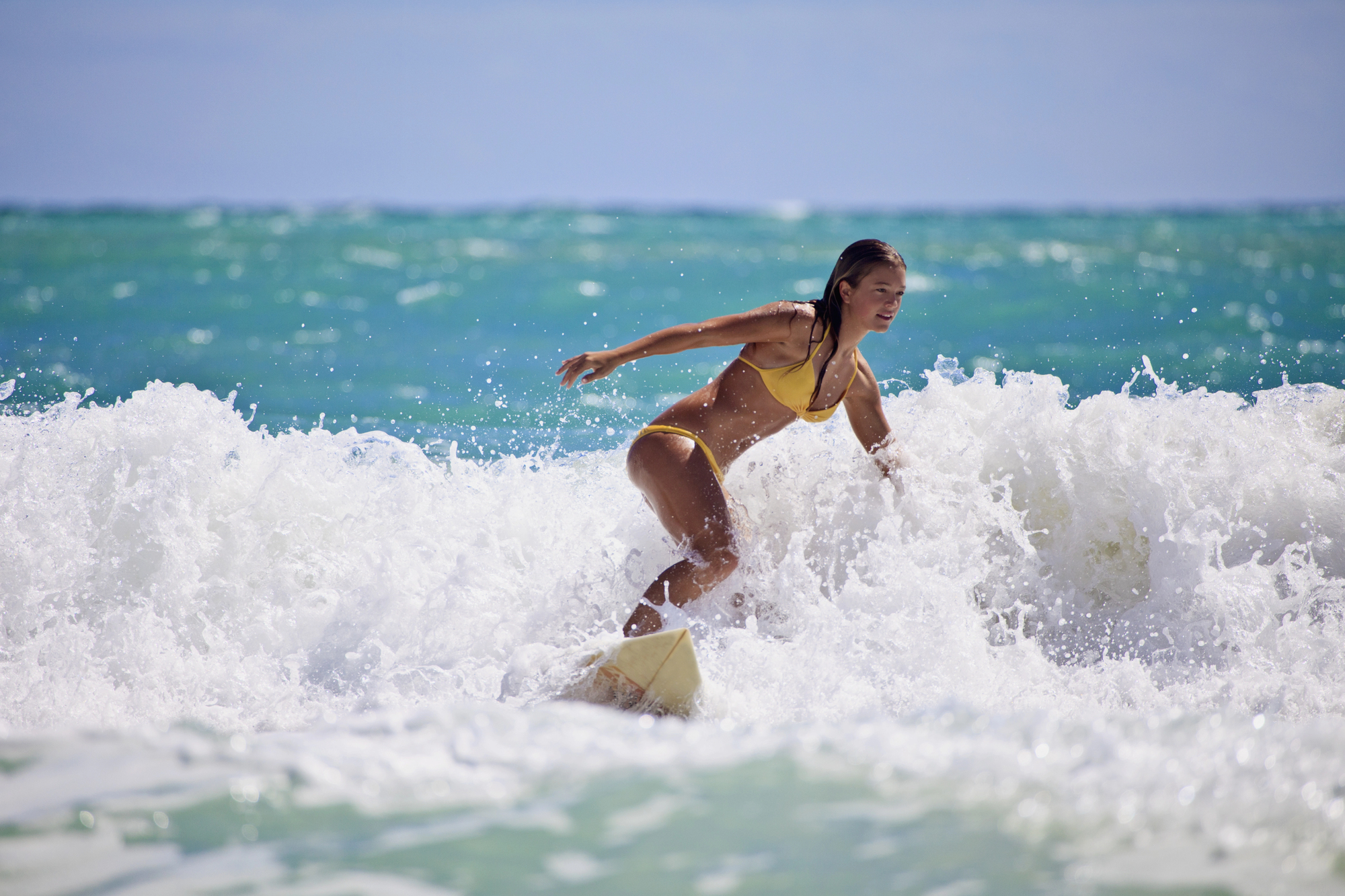
Australia’s surf culture has evolved from the early wooden boards of the 1950s to today’s professional circuit, yet these quieter locations maintain the spirit of surfing’s simpler days. These destinations prove that Australia’s surfing identity extends far beyond the commercialized hotspots featured in travel brochures.
The preservation of these more subdued surf towns ensures that future generations can experience the authentic connection between surfer and ocean that defined the sport’s origins. Finding your perfect wave doesn’t require accepting a party atmosphere as part of the package.
More from Travel Pug

- Cities Growing so Fast You Won’t Recognize Them in 10 Years
- 13 Destinations Where Tourists Regularly Regret Their Trip
- 20 Obscure WWII Sites Even History Buffs Don’t Know About
- 10 Under-the-Radar Mountain Towns That Are Both Affordable and Beautiful
- Remote Villages in Europe Where You Can Live for Free in Exchange for Work
Like Travel Pug’s content? Follow us on MSN.
